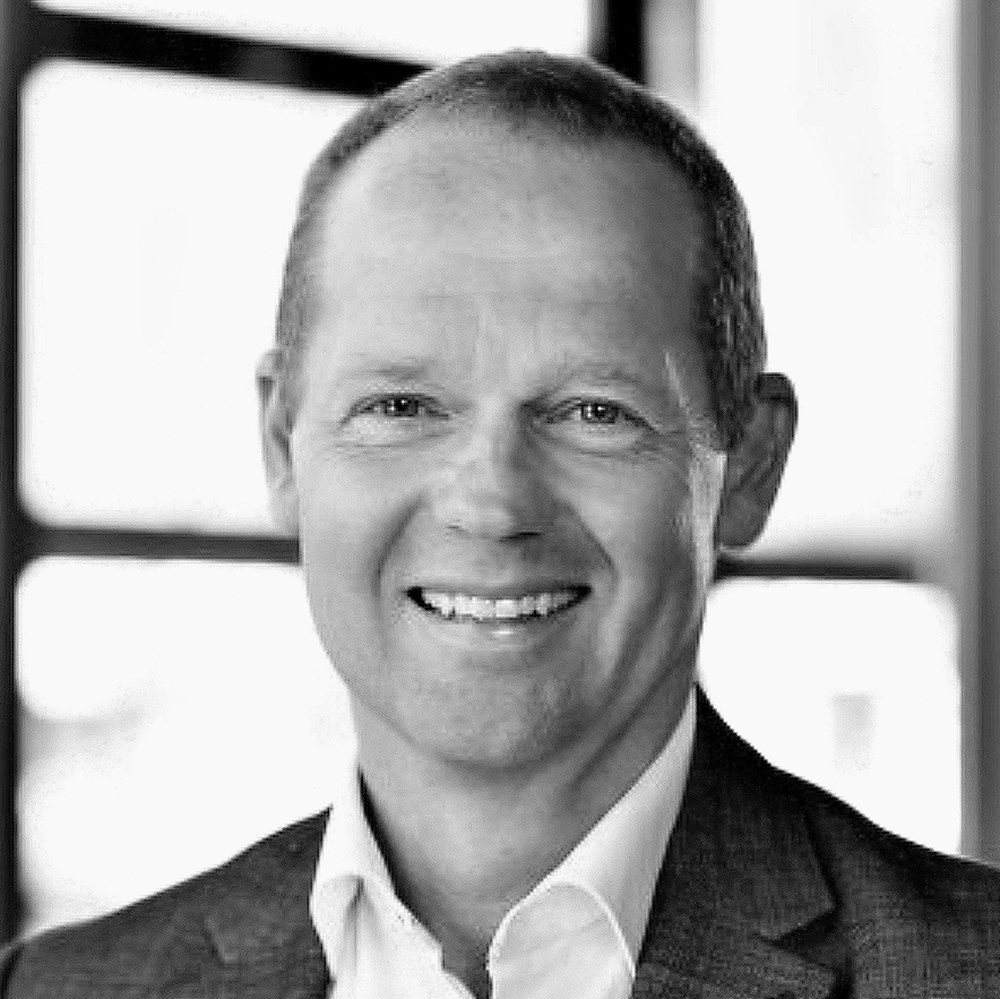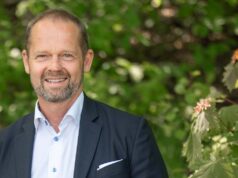
CombiGene’s new COO wants to be involved in building a large gene therapy company
Peter Ekolind, previously Nordic Manager at Getinge Group, is the new Chief Operating Officer of gene therapy company CombiGene. BioStock contacted Ekolind to learn about his ambitions for the company, as well as how he views a potential broadening of the company’s portfolio.
CombiGene’s drug candidate CG01 is being developed as a new treatment for drug-resistant focal epilepsy, a disease that affects approximately 47,000 patients annually in the US, EU4, UK, Japan and China. Today’s treatment options are limited to relieving symptoms without addressing the root causes of the disease, and they require lifelong administration. CG01, on the other hand, aims to cure the disease after only one or a couple treatment sessions.
In 2021, and after a series of convincing preclinical data, CombiGene was able to sign an agreement with US gene therapy company Spark Therapeutics that gives Spark an exclusive global license to develop, manufacture and commercialise CG01. CombiGene is eligible to receive up to 328.5 million USD excluding royalties, with 8.5 million USD upon signing, up to 50 million USD at preclinical and clinical milestones.
CombiGene’s new COO comments

This week, Peter Ekolind took up the part-time role of Chief Operating Officer at CombiGene, with responsibility for the company’s operational activities. BioStock contacted him to find out more about his background, why he chose to join the company and what his goals are going forward.
Peter, can you talk about your professional experiences?
– I have worked within the life science sector for most of my professional life. For the first 15 years, I was active in the pharmaceutical industry in Sweden and Norway, mainly within sales, marketing and management. In 2001, I switched to medtech when I became CEO and Nordic Manager of Getinge Sverige AB. Under my leadership, Getinge Sweden doubled its turnover from 100 million SEK to just over 200 million SEK when I left the company in 2008. Since then, I have worked as CEO in smaller entrepreneurial companies such as Airsonett and the start-up company Avidicare. In recent years, I have worked as COO at Xintela on a consulting basis.
Recently, you were appointed acting CEO of oncology company Targinta as a part-time assignment. How do you combine these operational roles?
– I don’t see any problem with this. Both companies are active in biological drug development. The assignment at Targinta is also an interim assignment until a permanent CEO is recruited, and at CombiGene the assignment is to strengthen the operational management capacity of the company. Presently, we believe that part-time assignments in both companies are sufficient.
What made you interested in the role as COO of CombiGene?
– More recently, I have become increasingly focused on companies that are active in cell therapy and genetic engineering. Xintela focuses on stem cells and targeted cancer therapy, while Combigene invests in gene therapy, which today is an expansive and dynamic area. I believe that there is a huge opportunity in treating severe, painful and currently incurable diseases by “helping” the body along the way, with, for example, gene therapy. CombiGene’s business model is interesting, and, through the agreement with Spark Therapeutics for the epilepsy project, the company shows that it has a well-developed ability to sign agreements with Big Pharma companies. When CombiGene started looking for a COO, I became interested in the challenge and applied for the job.
Based on your experience, how do working methods and structures differ between larger global pharmaceutical companies compared to smaller and perhaps more agile biotech companies such as CombiGene?
– In many ways, of course. Resources in terms of staff and budget is an obvious difference, but the size of the global pharmaceutical companies also leads to development taking time, sometimes a very long time. What CombiGene lacks in resources can, to some extent, be compensated for by speed in decision-making and pace of development, which also applies to decisions on issues such as in-licensing of new projects.
CombiGene’s current business focus is to expand and inlicense additional gene therapy projects. How do you look upon the significance of this process?
– It is central to the company. The business model is based on CombiGene being able to identify and attract new gene therapy projects at an early stage where there is a commercial business opportunity. To succeed in this, a competent and active team is required. I’ve already gotten to know the team and look forward to working with them.
Looking ahead, in what ways do you want to be involved in developing CombiGene’s operations in a couple of years’ time?
– In a few years’ time, I envision that there is a larger and broader portfolio of gene therapy projects in the company. With more projects comes the need for an increasingly larger organisation and, with my background, I will be able to contribute to the development of the company. A continued recruitment of the right skills will be crucial for the company’s future development.
The content of BioStock’s news and analyses is independent but the work of BioStock is to a certain degree financed by life science companies. The above article concerns a company from which BioStock has received financing.
